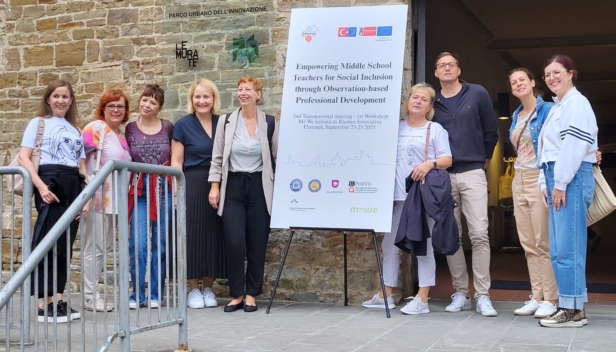Energy renovation of the facade of a multi-apartment building
Construction & Civil Engineering

The thesis examines the energy renovation of facades in multi-apartment buildings as a key measure for improving energy efficiency, reducing heating costs and enhancing living comfort. Renovation directly influences heat losses and the durability of the building envelope.
The research aimed to evaluate the impact of insulation material and facade system choice on costs, feasibility, time efficiency and long-term benefits.
The study focused on comparing expanded polystyrene (EPS) with fire barriers and mineral wool. Results showed that mineral wool facades are on average 30–46% more expensive than EPS systems, yet they provide higher fire safety, better vapor permeability and greater durability.
Despite higher initial costs, mineral wool proves a sound long-term investment. Moreover, installation is faster and less demanding than with EPS, which requires additional fire protection.
New technologies were also addressed, particularly the use of drones combined with artificial intelligence for facade inspections. This method has proven faster, more accurate, and safer than traditional approaches, supporting the digitalization of construction and preventive maintenance.
Overall findings confirm that energy renovation of facades is not only a technical measure but a complex process involving economic, environmental and organizational aspects. Investment decisions must consider not only costs but also legislation, subsidies and sustainability benefits such as reduced carbon footprint and improved urban quality.
The thesis confirms the initial hypotheses and offers practical guidelines: careful material selection, integrated renovation planning and the use of advanced technologies.
Energy renovation requires an interdisciplinary approach combining technical expertise, economic assessment and digital solutions, while opening opportunities for future research in artificial intelligence and innovative insulation materials.





